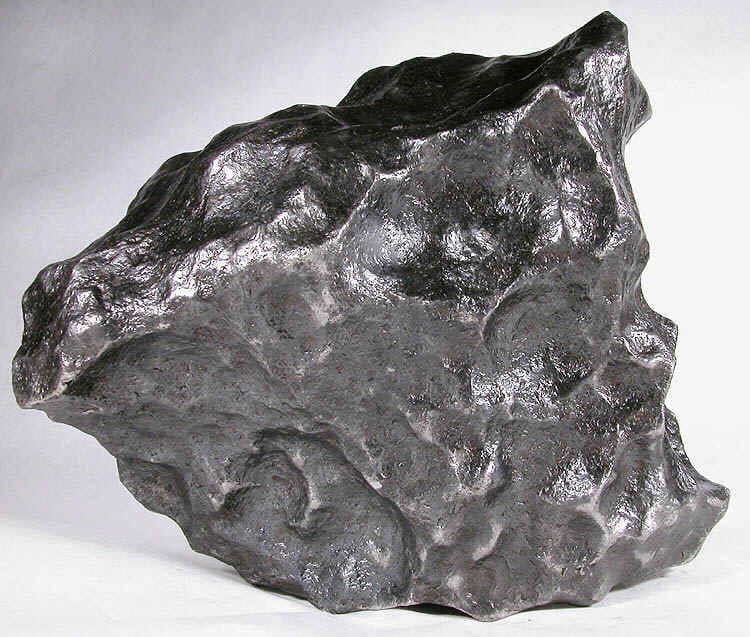The Gibeon Meteorite
Published: 2018-10-18 - By: gdm
Last updated on: 2021-05-11
Last updated on: 2021-05-11
visibility: Public

Rolex is always looking for new ways to make their watches unique. When someone at Rolex learned that parts of a meteorite that had crashed in Namibia millions of years ago. The metal in the meteorite demonstrated that this particular space rock came from the molten core of some planet destroyed billions of years ago in some kind of interstellar disaster.
So what is so special about a hunk of iron and nickel? Well, once the flaming bits of planet were launched into space by the billion year old collision, they found themselves exposed to the vacuum and extreme cold of outer space. The metal rapidly cooled and formed the fascinating Widmanstätten pattern. This distinctive striations were amed after Alois von Beckh Widmanstätten, the director of the Imperial Porcelain works in Vienna.

So Rolex decided to put this on certain high end model watch dials.

So what is so special about a hunk of iron and nickel? Well, once the flaming bits of planet were launched into space by the billion year old collision, they found themselves exposed to the vacuum and extreme cold of outer space. The metal rapidly cooled and formed the fascinating Widmanstätten pattern. This distinctive striations were amed after Alois von Beckh Widmanstätten, the director of the Imperial Porcelain works in Vienna.

So Rolex decided to put this on certain high end model watch dials.


